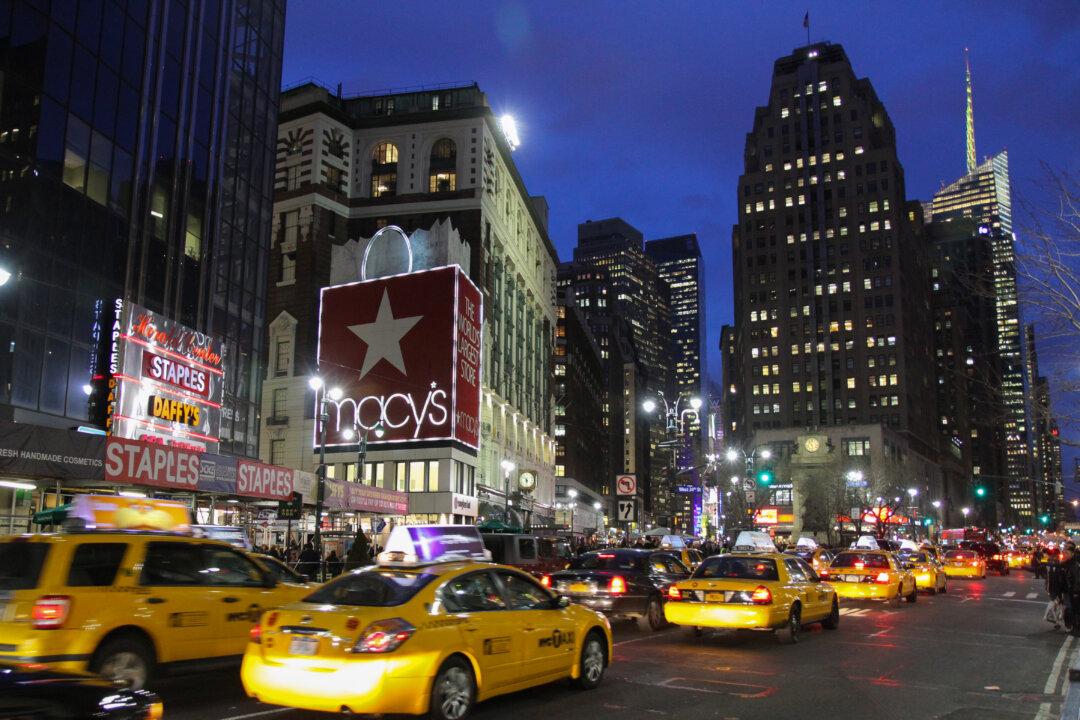The last few quarters haven’t been the best for U.S. retailers. Department stores like J.C. Penney, Sears, and Macy’s announced thousands of layoffs and hundreds of store closures. The layoffs and closures will likely rise as traditional retailers continue to struggle with weak sales and profits, and some may even face bankruptcy.
“The losers are retailers that are stuck in the middle—the department stores that are trying to be all things to all people and some traditional apparel retailers,” said Steven Barr, a partner and consumer products leader at PwC Consulting. They include some of the most well-known names in American corporate history.
J.C. Penney announced last month it would close 130 to 140 stores and offer early retirement to nearly 6,000 employees. Sears also said it would shutter 108 Kmart stores and 42 Sears stores, cutting the total number of stores by 60 percent from its 2011 high.
Macy’s is continuing with its planned closure of approximately 100 stores, of which 66 were scheduled to be closed by the end of March. The company said it would eliminate more than 10,000 jobs through these store closures and by restructuring its management. Some other household names are faring even worse.
Electronics chains RadioShack and Hhgregg, women’s apparel chain BCBG Max Azria, and outdoor retailer Gander Mountain recently filed for bankruptcy.





